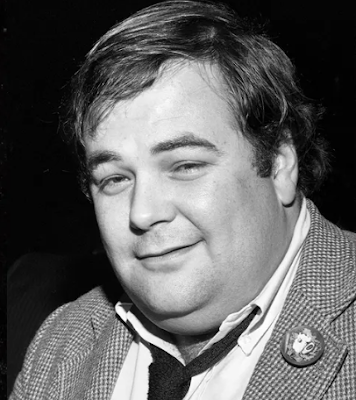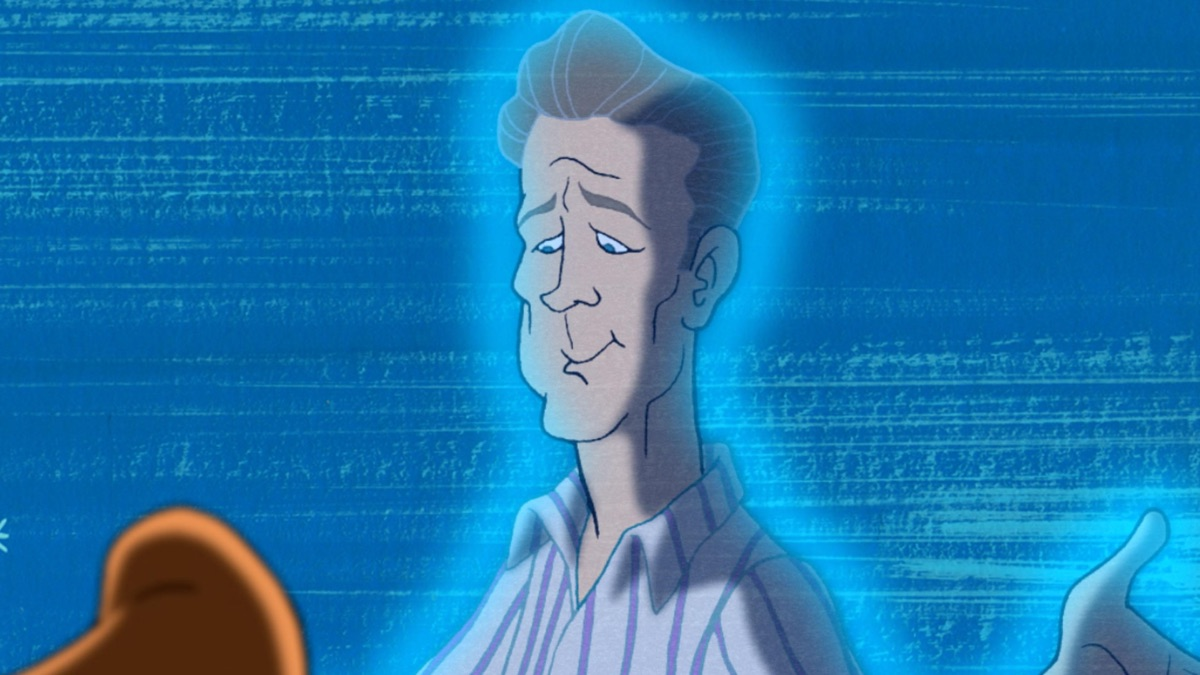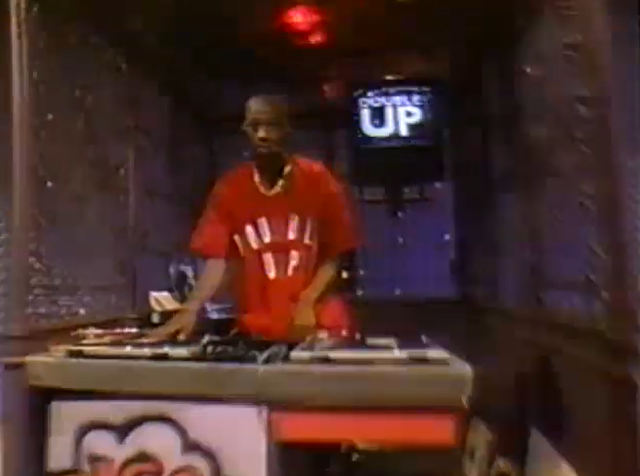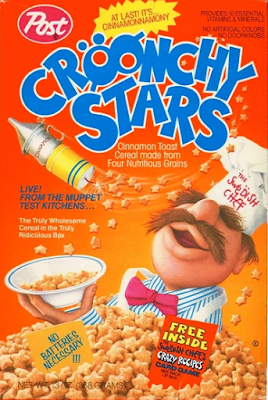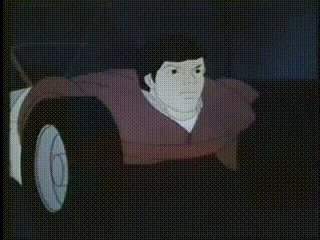This past
year was our 10th anniversary. You may be wondering why there wasn’t
much in the way of celebrating it beyond putting a “10” in the site’s logo,
showcasing the characters from our first year in our title graphic, and an
overall decline in the frequency of new entries. Well, it’s not that there
wasn’t a desire to do it, it’s just that life doesn’t care if you have an
anniversary or not.
These last two years were riddled
with various health and family issues (nothing too serious, just time
consuming), as well as increasing business at my day job. All of these combined
left very little time to do the in-depth research and writing each entry
requires to give you the very best. This very much is a one-man show. But I
thank you for sticking around, for those who have been here before. And if
you’re new, welcome! Plenty for you to see!
And it’s not
like I’ve been sitting idle. I’ve been going through and steadily updating
entries with new information that has been coming out. Improving little things
here and there, changing up older entries to match the style of newer ones.
Basically a steady remastering of the entire site to provide the definitive experience.
As we begin
our 11th year, I do have to reflect on how much things have changed
since I started Saturday Mornings Forever. The nostalgia wave was just steadily
growing into the apex that would inspire nothing but reboots, remakes and
reimaginings across all media. Saturday morning programs had not yet been
invited to that particular party. It was my own personal nostalgia that led to
the site’s creation; inspired in large part by the classic programs that
returned to television on the then-new network, The Hub (now Discovery Family).
Information, surprisingly, was
difficult to come by early on. Only the bigger shows—your Ghostbusters,
your Turtles, your Smurfs—had anything of note available about
them. But then that nostalgia wave hit. Shows were beginning to get released
onto home media; some for the first time, some for the first time in a long
time. Continuations were happening in the form of comic books, as were
collections of classic comics based on shows. Streaming services filled out
their offerings with many shows not seen since their original airings. New
merch was in stores thanks to companies like Funko, Mondo and Super 7. Disney,
Discovery Family, and, for a time, Nickelodeon were keeping the tradition of
Saturday morning cartoons alive by airing their new programs on that day. Even
the latest Strawberry Shortcake, though relegated to YouTube before
going to Netflix, was uploading new episodes on Saturday. And let’s not forget
the new network MeTV Toons, which debuted just a year ago, being largely
comprised of shows that lived on Saturdays over the last 60 years.
It has never been a better time to
be a fan of Saturday morning television. If you loved those days and want to
indulge your nostalgia, there’s something for you out there somewhere. If you’re
experiencing something new that you might have missed? Even better—especially
if you enjoy it.
So, here’s to 10 years, Saturday Mornings
Forever! Onward to the next 10!


















